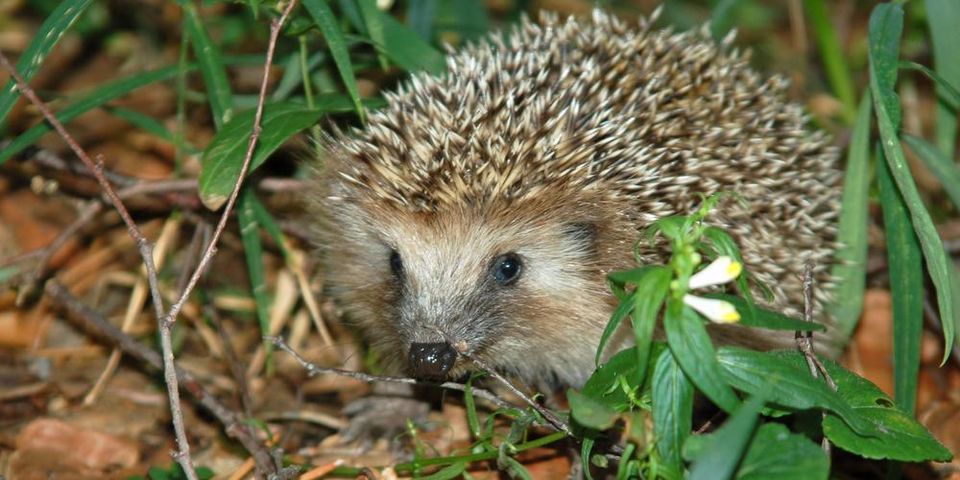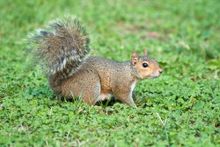Animal Control Pros Share 3 Reasons to Allow Wildlife in Your Garden

Since the dawn of the agricultural age, conventional wisdom has been that animal control is crucial to gardening success and you should discourage wildlife from entering areas you're trying to cultivate. However, there are benefits to inviting some animal neighbors into your garden. Doing so can help it and the ecology overall thrive.
3 Benefits of Allowing Wildlife in Your Garden
1. Natural Pest Control
A balanced wildlife population prevents certain animals from multiplying rapidly and ensures the safety of your plants. For instance, birds and ladybugs eat the aphids that devour plant leaves, while hedgehogs and frogs feed on slugs, which wreak havoc on vegetables, flowers, and ornamental plants.
2. Preserve Local Fauna
 Urban sprawl has destroyed the habitats and decimated the populations of many animal species. Estimates suggest this unintentional animal control results in 200–2,000 species dying out every year. By encouraging wildlife to visit your garden, you will help local fauna avoid extinction.
Urban sprawl has destroyed the habitats and decimated the populations of many animal species. Estimates suggest this unintentional animal control results in 200–2,000 species dying out every year. By encouraging wildlife to visit your garden, you will help local fauna avoid extinction.
3. Pollination
When you think of pollination, honeybees and hummingbirds probably come to mind. However, 200,000 species act as pollinators, including 1,000 species of small mammals. By transferring pollen from one part of a plant to another, they fertilize your garden and allow for the production of fruit and seeds.
These are a few critical reasons to allow wildlife into your garden, and the benefits are mutual. Doing so can not only help plants and animals but increase your enjoyment of your outdoor space.
Unfortunately, wildlife problems arise when your local ecosystem becomes unbalanced. If this happens, call a reliable and ethical animal control service to address the problem. American Bio-Tech Wildlife Services in New Milford, CT, specializes in humane, eco-friendly wildlife control and relocation to restore nature’s equilibrium. Call (860) 355-1231 to schedule service and visit their website to learn more about the company’s bat control, squirrel removal, and other animal control methods.
About the Business
Have a question? Ask the experts!
Send your question

